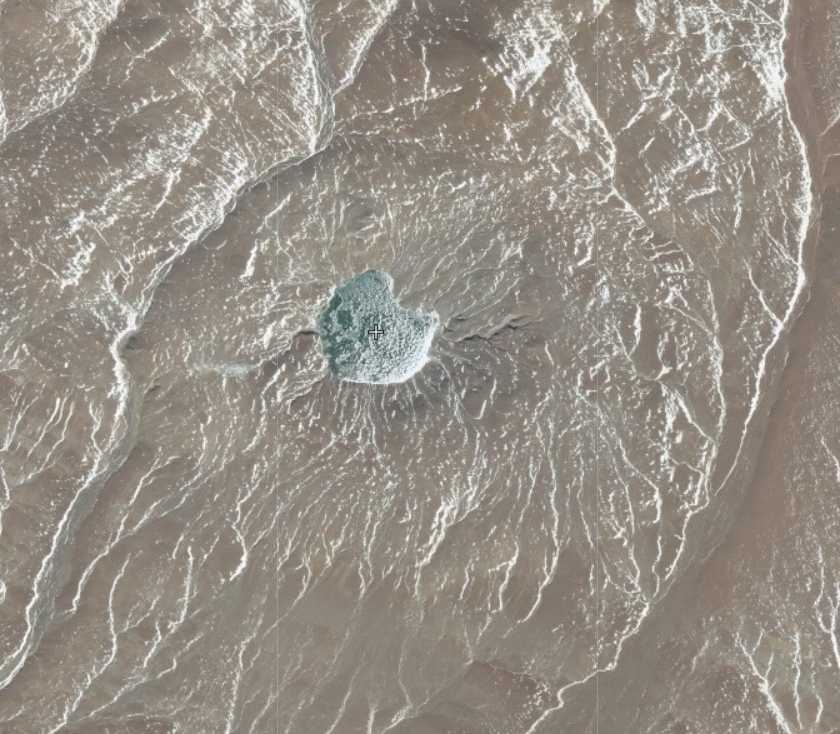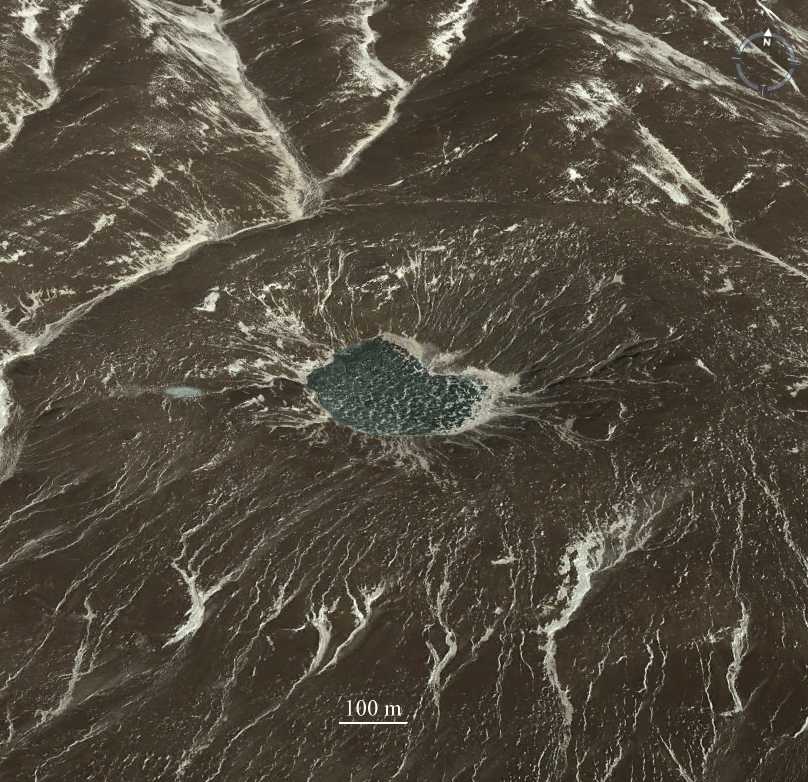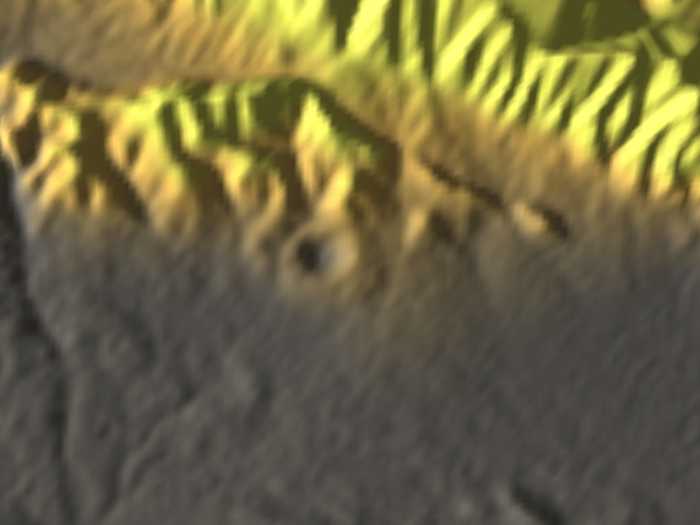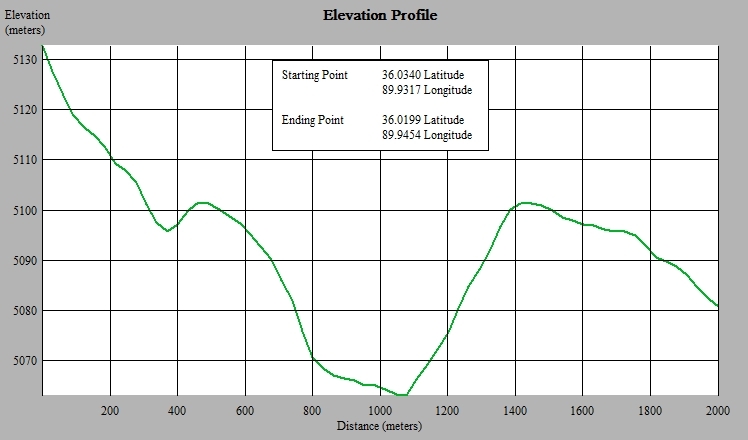
Спутниковая фотография кратера из Wikimapia. 
Спутниковая фотография кратера из Google Earth. 
Jishilake crater 3D view (Krisztian Klajnik, 2018). 
Jishilake profile NW-SE (Krisztian Klajnik, 2018). |
На главную

Спутниковая фотография кратера из Wikimapia. 
Спутниковая фотография кратера из Google Earth. 
Jishilake crater 3D view (Krisztian Klajnik, 2018). 
Jishilake profile NW-SE (Krisztian Klajnik, 2018). |